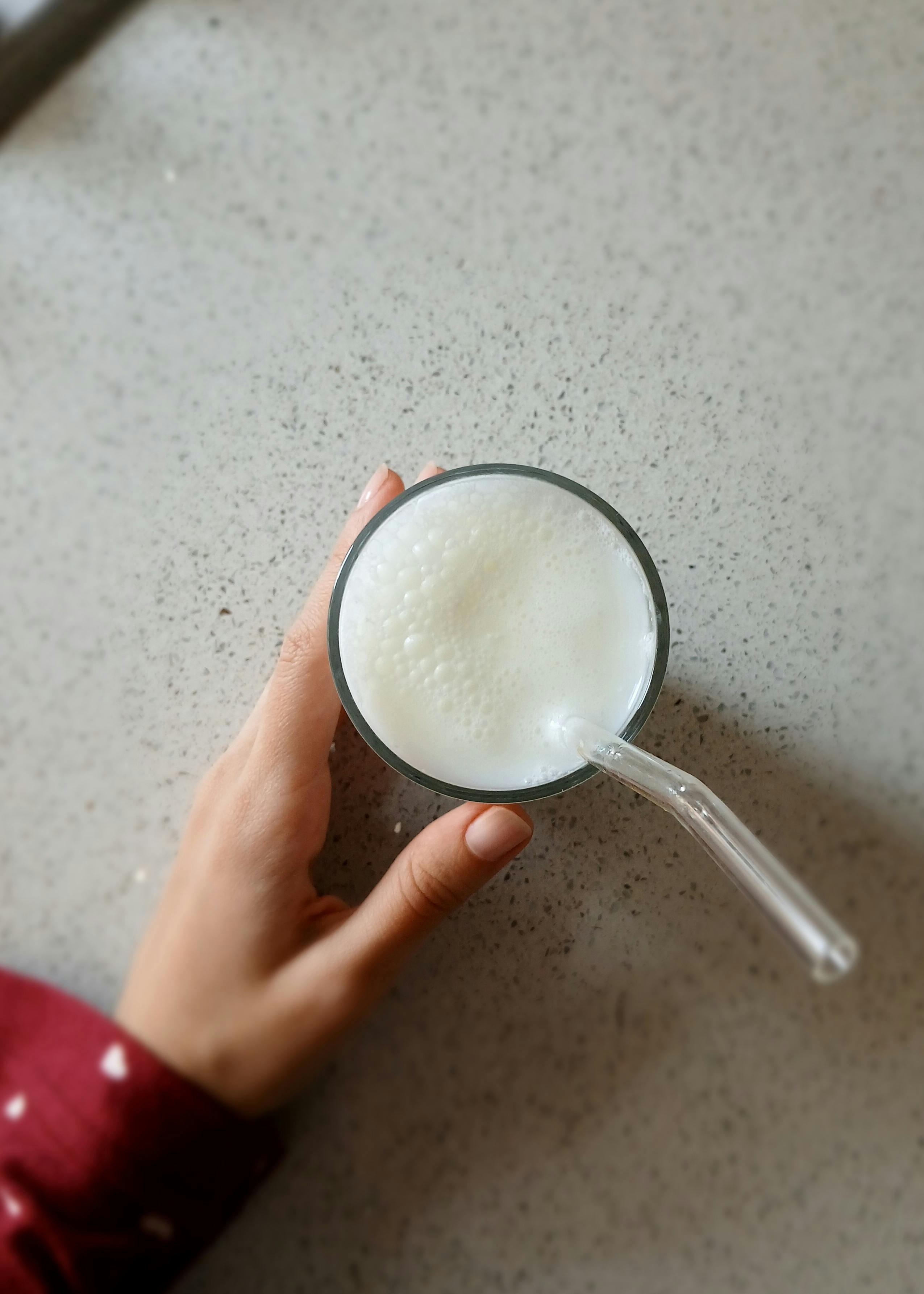The Ultimate Healthy Smoothie Bible for Wellness & Energy
Welcome to the ultimate healthy smoothie bible—your go-to guide for nourishing your body and mind. In today’s fast-paced world, fueling your health with natural, easy-to-make solutions has never been more vital. This comprehensive article breaks down everything from foundational concepts to advanced strategies for mastering smoothie nutrition and reaching peak wellness.

Understanding the Fundamentals
Before diving into recipes and techniques, it’s crucial to understand what makes a smoothie “healthy.” The healthy smoothie bible defines this as a beverage that balances macronutrients, maximizes micronutrient density, and suits your individual wellness goals.
Historically, smoothies began as fruit-based drinks but evolved into nutrient-packed meals and snacks used in fitness, detox, and weight management. Knowing the basics helps you craft smoothies that deliver real results without compromising flavor or consistency.
1.1 Balance is Everything
At the core of every healthy smoothie is balance. You need to combine carbohydrates, proteins, and healthy fats to create a nutrient-dense blend. For instance, blending spinach, banana, Greek yogurt, and flaxseed delivers fiber, protein, and healthy omega-3s in one go.
Common misconceptions suggest smoothies should only be fruit-based. However, protein and fat are essential for satiety and blood sugar regulation, making a balanced formula ideal for daily consumption.
1.2 Choose Whole Foods Over Powders
Many store-bought mixes are loaded with artificial sweeteners and processed ingredients. Instead, opt for whole foods like oats, chia seeds, berries, and avocado. These enhance your smoothie’s texture and nutritional profile.
The healthy smoothie bible promotes the use of fresh or frozen produce, unprocessed dairy or dairy alternatives, and whole food protein sources to keep your smoothies clean and effective.
Practical Implementation Guide
Now that you understand the fundamentals, let’s explore how to bring them to life. This guide will help you apply the healthy smoothie bible in your daily routine to support everything from energy levels to digestive health.

2.1 Actionable Steps
- Step 1: Start with a base like almond milk, coconut water, or kefir. This supports hydration and texture.
- Step 2: Add a leafy green like spinach or kale, then toss in fruits such as banana or berries for flavor and antioxidants.
- Step 3: Include a protein source—Greek yogurt, tofu, or a plant-based protein powder—and add healthy fats like nut butter or seeds.
2.2 Overcoming Challenges
Common obstacles include poor taste, lack of time, or ingredient availability. Here’s how to overcome them:
- Prep ingredients in freezer bags for quick blending
- Use natural sweeteners like dates instead of sugar
- Substitute seasonal or local produce as needed
Watch out for sugar overload from too many fruits. Always read nutrition labels when using pre-packaged items.
Advanced Applications
Once you’ve mastered the basics, you can level up with specialized smoothies targeting different goals—energy, detox, skin health, or even mental clarity. These advanced techniques take the healthy smoothie bible to the next level.

3.1 Nutrient Cycling
Nutrient cycling is the practice of alternating your smoothies based on your body’s needs. For instance, energy smoothies with maca powder and cacao are great for mornings, while calming blends with chamomile and magnesium-rich greens work well at night.
Studies show that rotating ingredients can improve gut health, prevent nutrient fatigue, and boost overall energy.
3.2 Smoothies for Cognitive Function
Advanced users can create smoothies designed to enhance focus and memory. Ingredients like blueberries, walnuts, matcha, and lion’s mane mushroom are known for their brain-boosting properties.
Integrating these smoothies into your morning routine can lead to increased productivity and mental clarity throughout the day.
Future Outlook
As nutrition science evolves, so do smoothie trends. In the coming years, expect personalized smoothie plans based on DNA analysis and microbiome testing to become mainstream. AI-generated meal planning will also play a larger role.
Staying ahead means experimenting with superfoods like spirulina, adaptogens, and peptides—many of which are already outlined in this healthy smoothie bible.
Conclusion
Let’s recap the essentials: First, smoothies should be balanced with protein, fats, and fiber. Second, whole food ingredients offer better nutrition than processed powders. Third, you can adapt your smoothies for specific goals using advanced strategies.
The healthy smoothie bible empowers you to create nutrient-rich drinks that support every aspect of your health. Start blending smarter today—your body will thank you!
Frequently Asked Questions
- Q: What is a healthy smoothie? A healthy smoothie contains whole foods like fruits, vegetables, protein sources, and healthy fats in balanced proportions.
- Q: How do I get started with smoothies? Begin with simple recipes using 3–5 ingredients and gradually add more variety as you become confident.
- Q: How much time does it take to make one? Most smoothies take under 5 minutes to prepare with a blender and pre-washed ingredients.
- Q: Are smoothies expensive? They can be budget-friendly. Using seasonal produce, bulk seeds, and homemade nut milk helps cut costs.
- Q: How do smoothies compare to juices? Smoothies retain fiber, making them more filling and beneficial for digestion than juices, which strip out pulp.
- Q: Are smoothies hard to make? Not at all! With a basic blender and a few key ingredients, anyone can create delicious and healthy blends.
- Q: Can I use smoothies in a professional setting like fitness coaching? Yes. Smoothie plans are widely used by trainers and dietitians as part of structured meal programs.
